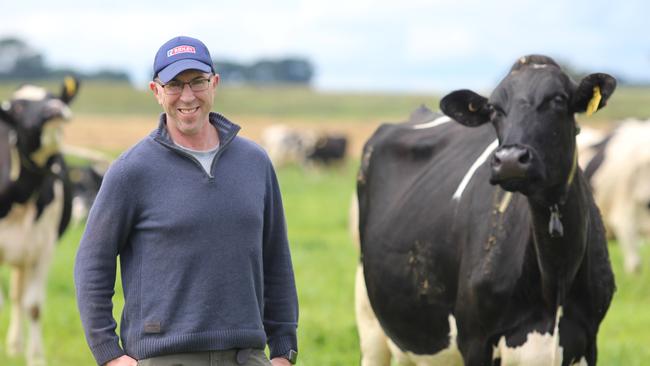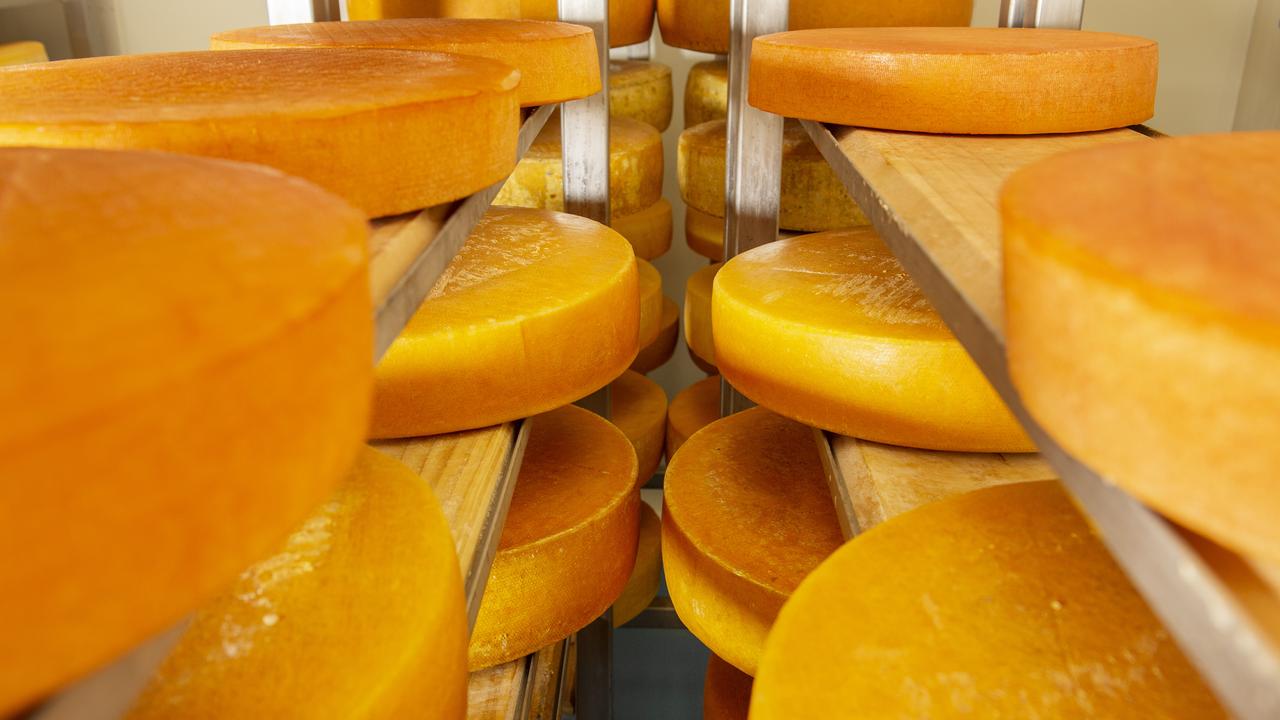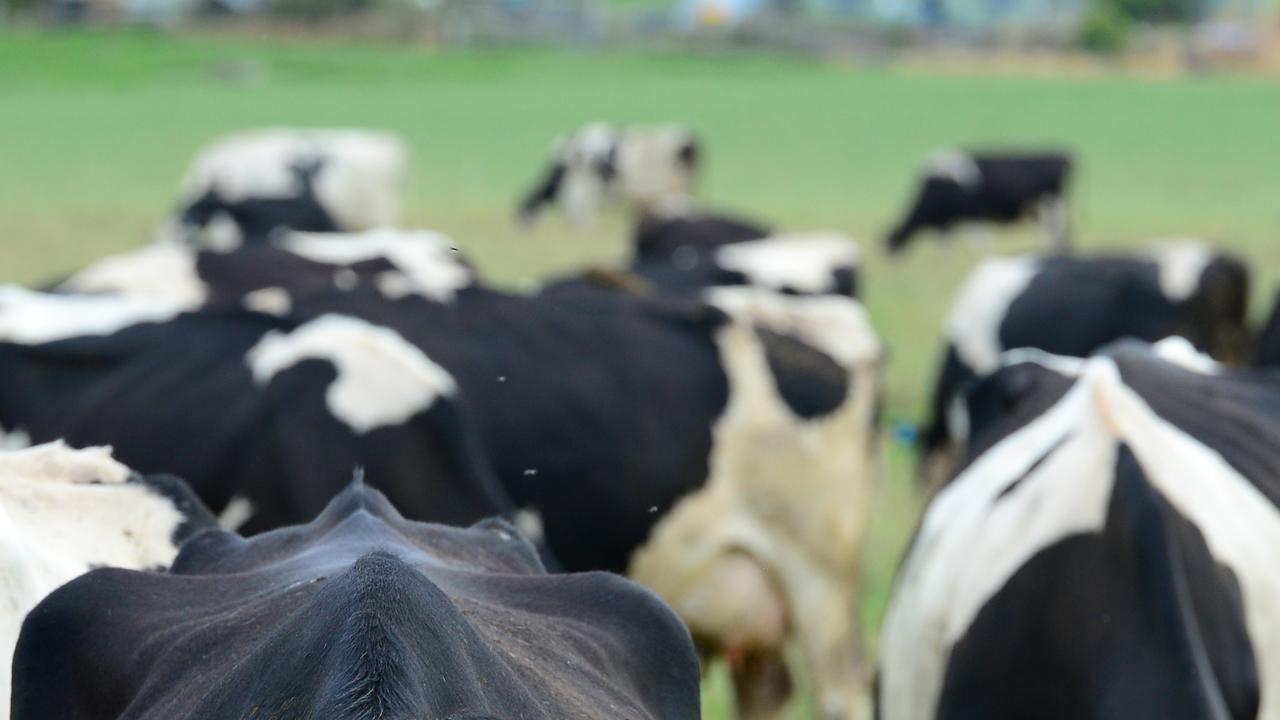DataGene updates Australia’s dairy breeding indices
Australia’s dairy breeding indices have been updated by DataGene to reflect the nations herd improvement priorities. DOWNLOAD THE DATA HERE.

HEALTH and business performance underpin refinements to Australia’s dairy breeding indices, as the industry improves how animals are evaluated to reflect the evolution of the nation’s herd improvement priorities.
These updates make it easier to choose animals to fast-track breeding priorities such as fertility and mastitis resistance.
Use the links below to download the data in Microsoft Excel format.
BALANCED PERFORMANCE INDICES — DECEMBER 2020
DataGene has retained its Balanced Performance Index (BPI) and Health Weighted Index (HWI) but adjusted the emphasis of specific traits. It’s also removed the Type Weighted Index (TWI) and replaced it with a top list ranked by Overall Type and Mammary. These updates were implemented in this week’s release of the Australian Breeding Values (ABVs).
Breeders wanting specific type information can access the new Type Tables in DataGene’s Good Bulls Guide.
DataGene chief executive Matt Shaffer said the changes reflect industry feedback and should make it simpler for farmers to achieve their breeding goals.
“The top animals for BPI are quite different to the top animals for HWI,” Dr Shaffer said.
“This allows farmers to identify animals with greater strength in fertility, for example, if that’s a breeding priority.”
Some changes to animal index values and reranking has occurred. The increased emphasis on health sees animals that are strong for health traits rise in BPI and HWI values and rank.
This doesn’t mean production isn’t a priority though, with bulls which excel in health and production coming out on top.
“It’s raised the ranking of animals with superior health traits such as mastitis and survival, but they must still have good production ABVs to reach the top of the breed list,” Matt said.
The updated BPI remains the best option for choosing animals based on a balance of traits which contribute to a farm’s bottom line, such as production, health, fertility, type, workability and feed efficiency.
BALANCED PERFORMANCE INDEX
BPI changes include:
• The addition of survival and mastitis resistance.
• An increased focus on mastitis resistance/cell count.
• Less emphasis on production (Australian Selection Index – ASI).
• Feed Saved has been removed from the Jersey BPI.
HEALTH WEIGHTED INDEX
The updated HWI is now a specialist index for breeders wanting to accelerate health and fertility traits.
The biggest change to the Holstein HWI is doubling of weighting on fertility.
Breeders using the Holstein HWI index should expected a reduced cow size and a cap on production improvement due to the reduced emphasis on per cow milk yield.
Feed Saved is included in the Jersey HWI.
ON-FARM KNOWLEDGE
Gippsland dairy farmer Janet Auchterlonie was involved in the review process as a member of DataGene’s Genetic Evaluation Standing Committee.
She said breeding was no different to any other aspect of a farm business, it needs to be relevant and updated.
“In the same way as farm machinery has evolved and continues to be improved to increase reliability and capability, DataGene’s indices are another farmer tool that is continuing to evolve and be improved, giving the farmer a more reliable and capable cow,” she said.
Ms Auchterlonie has concentrated on breeding for health traits and it has paid dividends.
“As a seasonal farmer, improving my herd’s health and fertility has increased the milk solids per cow,” she said.
“A focus on breeding for these traits has extended my cow’s days in milk because they calve earlier. Knowing they will get back in calf every year, the herd has more days in milk over a lifetime. Cow efficiency underlines my business profitability. The new HWI is designed for a seasonal calving herd like mine. An index with a strong weighting towards health and fertility will help future-proof my bottom line.”
REVIEW PROCESS
The updated breeding indices follow a six-month review, including an industry survey, analysis of farmgate and commodity values for fat, protein, feed and labour as well as a scientific review.
Results from the National Breeding Objective survey earlier this year showed daughter fertility was the highest breeding priority.
Australian indices were used by more than three quarters of respondents. BPI was nominated as the most useful index by 71 per cent of respondents, 24 per cent favoured HWI while 16 per cent chose TWI. Only 4 per cent of respondents said they relied exclusively on TWI.
Economic values for feed, labour, fat and protein have been updated to reflect recent markets.
The fat and protein price ratio remains at 0.50 as the Dairy Australia analysis couldn’t identify a significant long-term change in farmgate and commodity pricing to warrant changing the ratio. If a significant and lasting change occurs, the indices will be updated to reflect this.
GENETIC PROGRESS REPORTS MAKE HERD WORK EASIER
Breeding is one of the only things you have total control over on your dairy farm.
That’s according to Kolora farmer John Pekin.
Mr Pekin and his wife Kirsten milk 330 Holsteins as part of a seasonal calving operation in southwest Victoria. They started genomic testing about seven years ago to increase the amount of information they had about their herd to make more informed breeding and culling decisions.
Examining the genomic results of their heifers and cows provided reams of information outlining their genetic merit for a variety of traits. “I use genomics to pick out the ones I am going to sell and export,” Mr Pekin said.
Ranked in the top 2 per cent of Australia’s 1387 milk recording Holstein herds for Balanced Performance Index (BPI), the Pekin’s Genetic Progress Report shows their rapid genetic gain.
The BPI is DataGene’s economic index, which reflects important business drivers on Australian dairy farms: production, health, fertility and longevity.
The BPI of the Pekin’s heifers rose by almost 150 per cent during the past four years. For example, the herd’s Genetic Progress report shows heifers born in 2016 have an average BPI of 100 and those born this year had an average BPI of nearly 250.
Mr Pekin has also noticed patterns in the genomic results throughout different generations. “Generally, if a cow has a low BPI her daughter will also be low, but that is not always the case,” he said. “You can get the occasional flyer and that is one of the main reasons to genomic test, to capture these heifers that are out of the ordinary, either up or down.”
Data success: John Pekin, from Kolora, and his heifer that shows a Balanced Performance Index of 311 — 200 BPI more than her dam.


